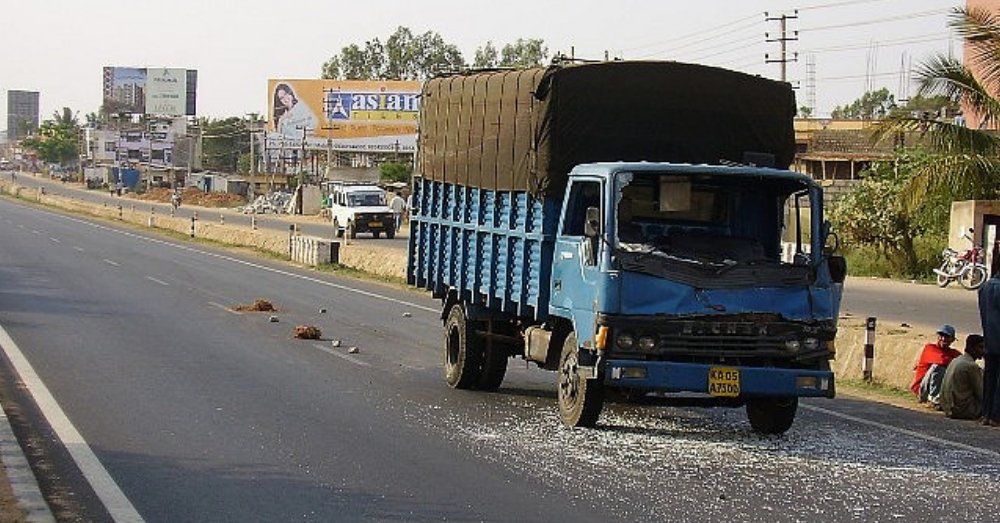Bangalore is a city that is applauded for giving its citizens ample time to spend in traffic. It has been more than six months since I shifted to this metropolitan, and it’s safe to say that my most peaceful hours of day-time sleep have been achieved while I was stuck in traffic, and that happens almost every time I’m on the road.
Roads are supposed to be public spaces, they should ideally be accessible for everyone regardless of class, gender and status. But in this fast-paced ‘developing’ city, I am skeptical about the ‘public’ for whom these roads are being planned and built; and wondering as to what accounts for public’s safety on these roads?
I am a resident of the Electronic City area, and also a regular user of Hosur road. This is a part of National Highway 48 and is indeed a very busy street. The question of safety of the road’s users has always bothered me. There have been times when I was a pedestrian and those times happen to be a few of my firsthand experiences of being vulnerable. The streets have no footpaths, and the ongoing metro construction eats up the potential walking space.
There are also no zebra crossings and the traffic lights are placed at large gaps from the point where the pedestrians cross. Due to this, pedestrians are bound to miscalculate and cross roads while vehicles are passing by. The subways are also not built very closely, which adds to the problem. The service lanes are supposed to be free of heavy vehicles, which they are not. These are many of the existing reasons that make pedestrians and cyclists the most vulnerable set of people. This description alone does not make a case for danger to the pedestrians, but such planning can always be put under interrogation.
The problem of this sort of planning is not area-specific but is found in many areas of Bangalore. For example, the explanatory report issued by Citizen Matters, which describes the problem in detail, talks about the 10 most accident-prone places in Bengaluru. In addition to this, this four-year-old report provides the statistics of the issue, and explains how about half of those who lost their lives in road accidents were pedestrians.
Reading these reports and bearing witness to the current situation, I can attest that a lot has not changed in these four years. Although measures like regular speed checks and assessment of roads have been taken up by the city’s traffic police, the streets are still highly unsafe as the above-mentioned disparities exist very actively.
This whole situation is rather made up of a lot of concerning issues. First and foremost is the improper planning of roads – the planning is quite poor with respect to including ‘public’ holistically. With the increasing investment in and construction of flyovers, metro networks and broad lanes, there is a decrease in the space available for pedestrian mobility.
In light of various developments, this concern can also be examined in terms of the level of social inclusion. For example, at the Hosur road stretch, it is mostly factory workers or daily wage labourers who use public buses and then, they have to walk a significant distance to reach their destination. This distance that they need to walk is through busy main roads that are dominated by two or four-wheelers.
In cases of accidents, both sides of the story hold equal weight because although the streets are speed-friendly, the pedestrians, at times, do not have any choice but to quickly cross the road. In such situational encounters, which occur in a matter of a few seconds, misfortunes take place. An increasing concern for the citizens of any metropolitan city is a fast-paced life. We all are victims of the rush hours. Maybe that is how urban life is supposed to be, but hurried engagements add to cases of fatalities.
The solution to this entire issue lies in both the level of thought being put in by the ‘city developers’ and the way humans are engaging in a ‘fast-paced life’. Development cannot be seen only through a glass of better infrastructure for one section of society. Safety is one of the basic rights of every citizen and planning plays an important role in ensuring safety. The need of the hour is a rigorous effort by the government to have more user-friendly roads. The expanding cities should not, at any cost, reduce the existing inclusivity in terms of safety. In the end, it is humans and not vehicles that need to be protected.

